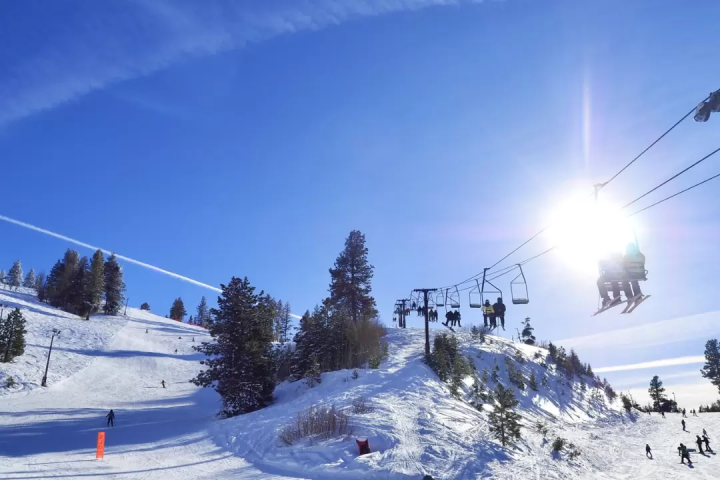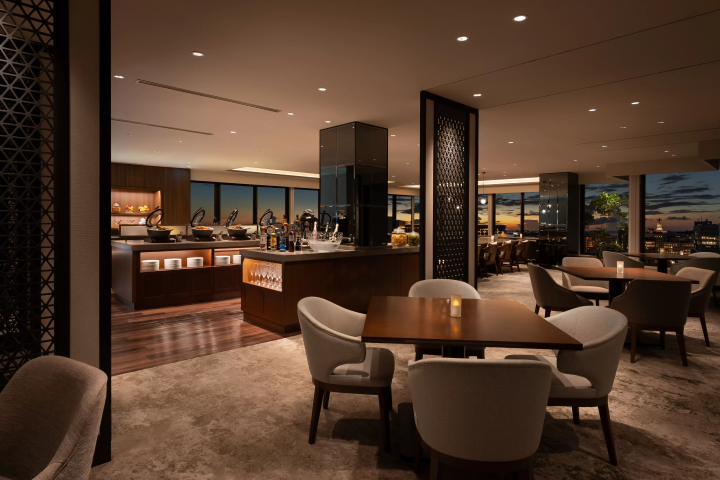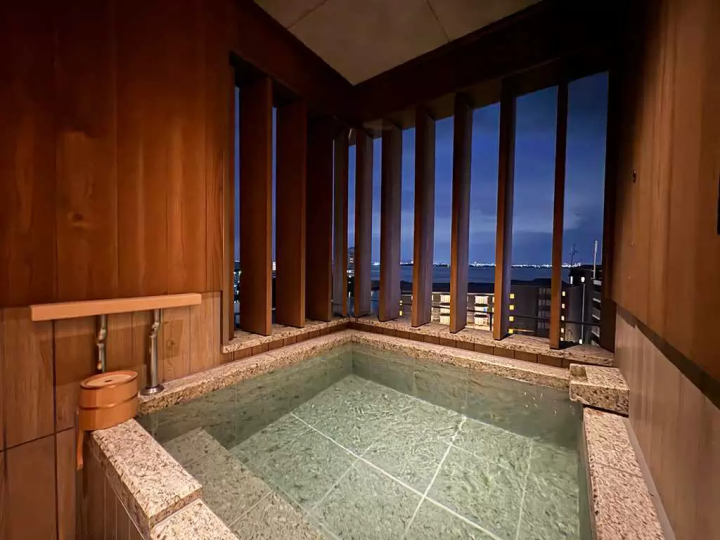10 gourmet and sightseeing spots to visit on your way to the Tateyama Kurobe Alpine Route

We will introduce 10 recommended spots to stop by in your spare time in Omachi City, Nagano Prefecture, located in the HAKUBA VALLEY area at the foot of the Tateyama Kurobe Alpine Route. Omachi City is also known as Shinano Omachi (station name). There is an official tourism website called Shinano Omachi Navi, so please check it out. https://kanko-omachi.gr.jp/
2–3 hours
It's very cheap, with the first hour free, 100 yen for 60 to 90 minutes, and a maximum of 1,500 yen.
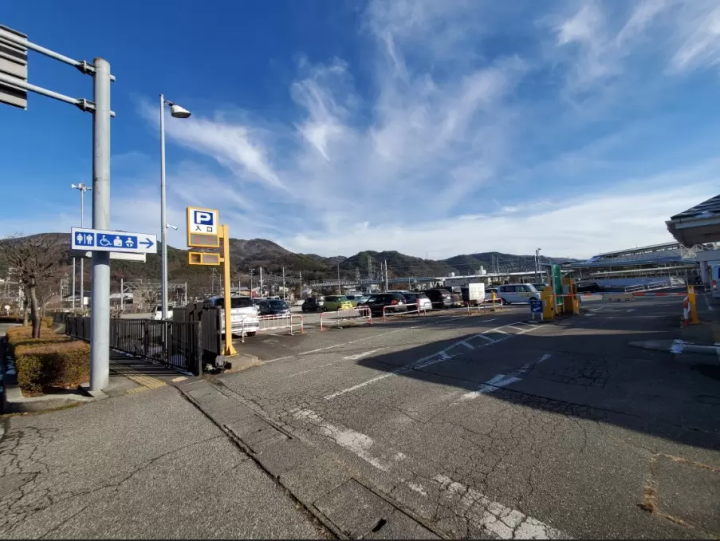
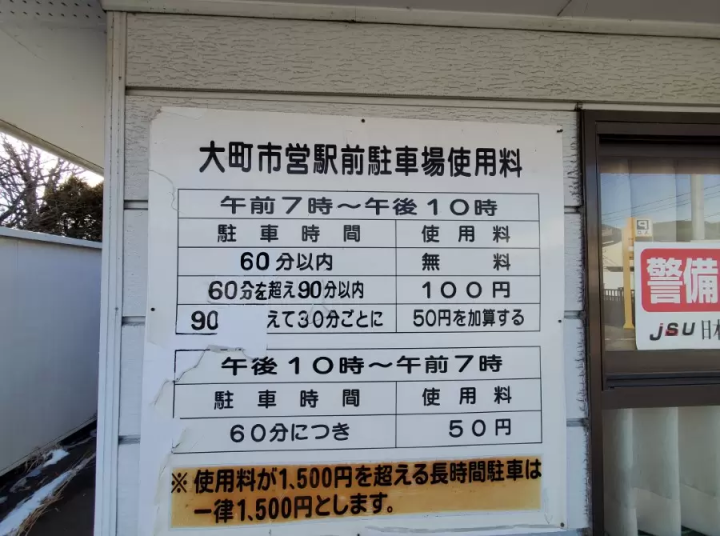
We will introduce recommended spots that you can explore on foot around Ogizawa Station on the Tateyama Kurobe Alpine Route and Shinano-Omachi Station, the bus terminal for the Hakuba Valley Ski Resort.
Let's start from Shinano-Omachi Station! This is the bus departure and arrival point for Ogizawa Station on the Tateyama Kurobe Alpine Route, Kashimayari Ski Resort in HAKUBA VALLEY, and Jigatake Ski Resort.
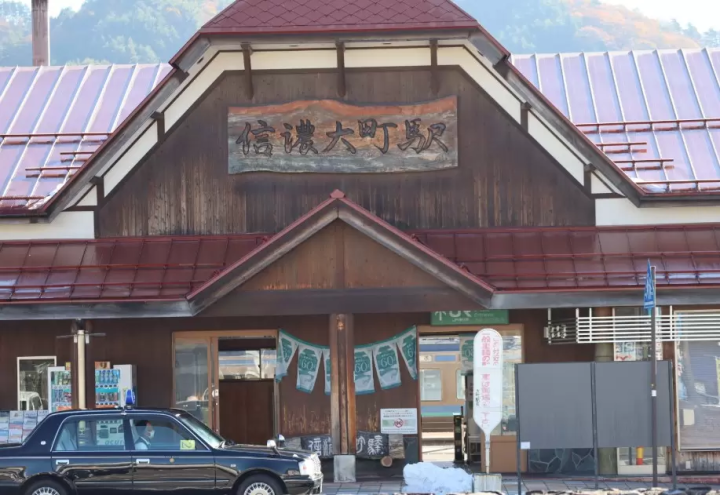
Go to the right from Shinano-Omachi Station and walk for about 5 minutes down the shopping street to visit Kikuryu, a famous Japanese confectionery shop.
"Shionomichi Chojiya" was built over 130 years ago and is a building of historical value that has been designated as a registered tangible cultural property of Japan.
This house, known as the village headman, was in charge of the surrounding area and is now a valuable museum. It displays tools and rooms used in Japan long ago, and the adjacent Yabusame Hall also displays scenes from the summer festival of Nyakuichiou-jinja Shrine, which is still held here every year and which I plan to stop by later. (There is no separate admission fee.) It is a rare festival in Japan in which children play an active role.
It takes 4 minutes on foot from "Kikuryu" to "Shionomichi Chojiya".
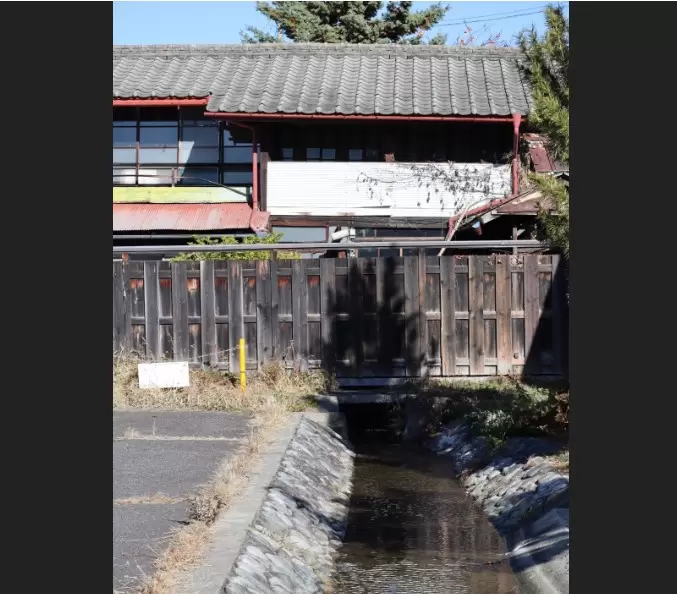
This house (private residence) at the back of the parking lot, next to the public toilet (free of charge), is a building that clearly shows the machiya style of the area. (Because it is a private residence, entry onto the premises is prohibited). As was shown in the exhibition at Chojiya on the Salt Road, a small river flows under the houses in this area facing the shopping street, and the water is used for daily life. The buildings facing the shopping street are built following the style of machiya in Kyoto, and many of them have a narrow frontage and a deep structure. It's fun to stroll around looking at buildings with this kind of atmosphere.
Go down the alley at the back right of the parking lot, and the alley on the left is Shimonakacho Pocket Park. Our next destination, "ai coffee," is on this street.

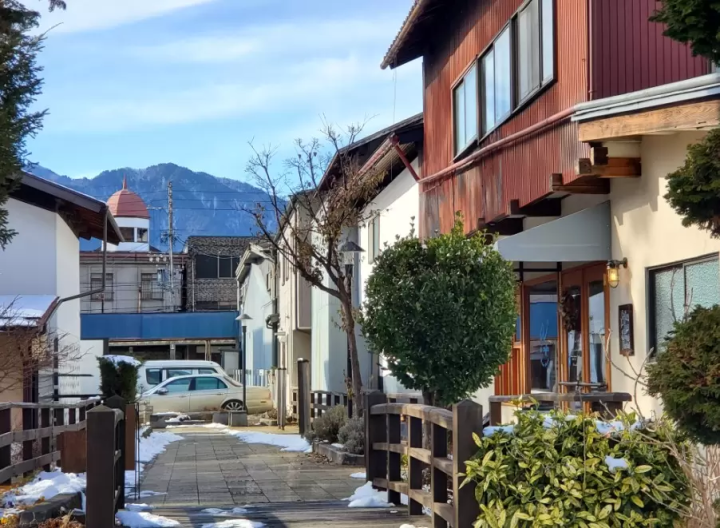
The owners, a married couple, have lived abroad and can speak English. If you need help, please ask them for advice. The view from inside the restaurant is beautiful and relaxing in all four seasons. They also serve delicious sweets. Please come and enjoy the comfortable atmosphere.
If you leave ai coffee and go to the right, you will see a building with a picture of a mountain on the wall. Shinano Omachi is also at the foot of the Northern Alps, and on the second floor of this building you will find the Mitsumata Sanso Library, a cafe run by a mountain hut in the Northern Alps. This cafe is run by the Mitsumata Sanso, located in the Uraginza district of the Northern Alps and recommended for advanced climbers. If you are interested in mountain climbing, you may find it interesting as there are many mountain-related exhibits. Open the door on the left of the painting to go up to the second floor. https://m-toshositu.com/
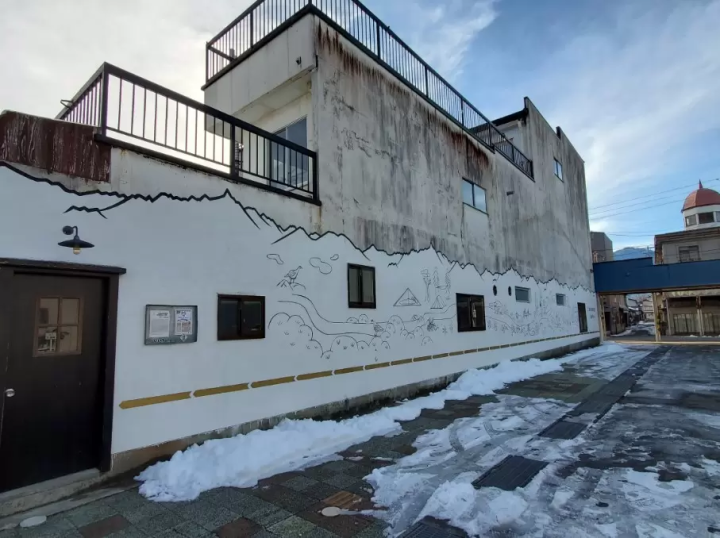
This city, at the foot of the Northern Alps and located at the upper reaches of the Shinano River, the longest river in Japan, is a city where delicious water is produced.
Ai Coffee, who I mentioned earlier, fell in love with the water in this town, so he moved here and opened a shop here. Recently, more and more people have been opening businesses using the delicious water in this town.
This town has stories related to its water, and you can compare different types of water (free of charge).
See Onna Shimizu and Otoko Shimizu below.
For more information on Otokoshimizu, please see here: https://matcha-jp.com/jp/place-master/13060
It is just across the crosswalk in front of Meshimizu. Meshimizu, whose source is at the foot of the Northern Alps, has a slightly harder consistency. Please try comparing the two.
Sosha Wachigai
The next recommended spot is the Otokoshimizu water fountain.
This restaurant serves local cuisine that makes use of the town's historic food culture. You can try the hospitality cuisine served to guests who stay overnight at events such as the summer festival at Wakaicho Oji Shrine (reservations required). You can also try cooking (in English), limited to one group per day. Reservations are also required.
It takes 4 minutes on foot to get there.
Omachi Shopping Street is home to a variety of restaurants and cafes.
The ground is decorated with art from the Northern Alps International Art Festival, which is held here every three years.
(Northern Alps International Art Festival https://shinano-omachi.jp/
Retro has become popular in Japan recently, so this shopping arcade, which retains an old-fashioned atmosphere, is a popular tourist spot even among young people.
It's about a 4-minute walk from Omachi Meitengai to arrive at Kita-Alps Brewery, a craft beer brewery that uses the delicious water of Shinano Omachi. You can compare the freshly brewed craft beers in the barrels. The coffee-flavored Coffee Punch, made by the owner who also runs a coffee shop, is a one-of-a-kind taste that can only be enjoyed here. Please enjoy. *Drivers are prohibited from drinking alcohol. There are severe penalties for this in Japan. Please be careful.
Leave the store and head left (opposite the direction you came from). After about a 17-minute walk, you will arrive at Wakaiichi Oji Shrine.
The summer festival scene displayed at the Yabusame Hall we saw earlier is the summer festival held at this shrine.
This shrine is unusual in that, despite being a shrine, it also has a three-story Buddhist pagoda and a Kannon hall.
For information on how to visit the shrine, please see this article on MATCHA.
Proper Shrine Visit Etiquette: Things You Should Know Now https://matcha-jp.com/jp/874
The 3000m high Northern Alps that can be seen from the shopping street are impressive and beautiful. Please enjoy your stroll.
When you feel like taking a break, walk about 20 minutes and you'll find Cake & Cafe Ryudaya, a shop where you can eat delicious homemade cakes on the spot. It is a long-established shop that represents this town. In Japan, there are many people who are dieting and health-conscious, so the cakes are not too sweet, and many shops use organic ingredients, resulting in delicate flavors. There are also many baked goods that keep well, so they are also recommended as souvenirs.
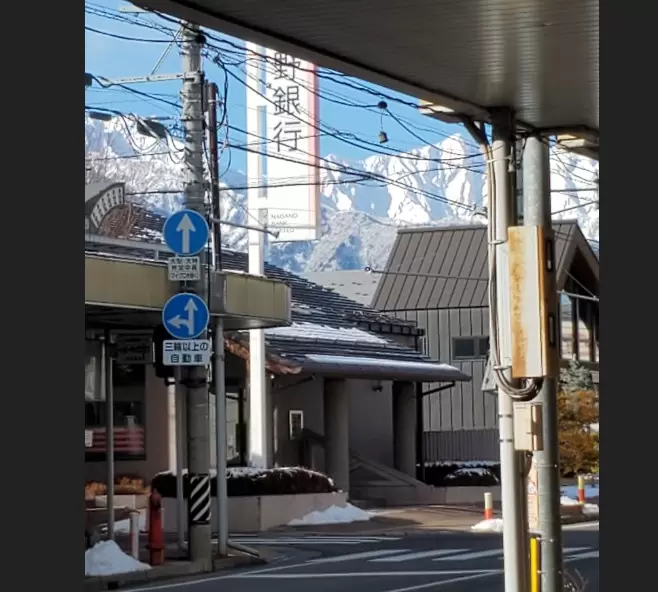
After purchasing beer, alcohol, snacks, crafts, sweets, and other items made with the town's delicious water, you can return to Shinano-Omachi Station, which is about a 5-minute walk away. We hope you enjoyed your walk around the town. This time, we introduced a walking route centered around the covered shopping streets, which are easy to walk through even in bad weather.
In addition to the above, Shinano Omachi has many other must-see tourist spots, such as the three neighboring lakes Lake Kizaki, Lake Nakatsuna, and Lake Aoki, where activities are popular, the three dams Omachi Dam, Nanakura Dam, and Takase Dam, which have emerald green water, and Higashiyama, where you can see the Omachi Mountain Museum with a panoramic view of the Northern Alps. Stay overnight at Omachi Onsenkyo, which has several hot spring inns, and take a leisurely stroll.
How to get to Shinano-Omachi Station from the Tokyo metropolitan area
Please refer here for information on how to get to Shinano-Omachi Station from Tokyo, Nagoya, and Osaka.
Spots introduced in this itinerary
Omachi City, Nagano Prefecture, is a mountainous city surrounded by mountains, with an urban area as high as 700 meters above sea level, where you can still feel the culture of the time when it flourished as a post town long ago. Shinano Omachi is characterized by its impressive view of the Northern Alps from the city, proximity to magnificent nature, and the ability to walk around the historic town while feeling nature. It is a small city with a population of just under 30,000, and is often referred to by tourists as ``Shinano Omachi,'' the name of Omachi City's main station. Shinano Omachi is also at the foot of the ``Tateyama Kurobe Alpine Route,'' a mountain sightseeing route where you can walk through the world-famous ``Snowy Otani in spring'' and ``Kurobe Dam Sightseeing Water Release'' in summer, and welcomes close to 1 million visitors a year. It is also a city where We also have a large number of visitors visiting the Northern Alps, a series of mountains with an altitude of 3,000m, as well as visitors enjoying water activities, camping, and saunas at Lake Aoki, Lake Nakatsuna, and Lake Kizaki in Shinano Omachi, where the water is beautiful. Masu. Shinano Omachi is located in the northwestern part of Nagano Prefecture, with Nagano City to the east, Toyama Prefecture to the west, Matsumoto City to the south, and Hakuba Village to the north, making it even more convenient to use as a base for your travels. We want people all over the world to know about this city, which has so many charms, such as local foods such as soba, game meat, and wild vegetables that can only be found in areas close to nature, sake, local beer, and coffee made with delicious water, day-trip hot springs, and hot spring inns. I think. We would appreciate it if you could share your attractions with us by using #shinanoomachi. thank you.
The contents on this page may partially contain automatic translation.

































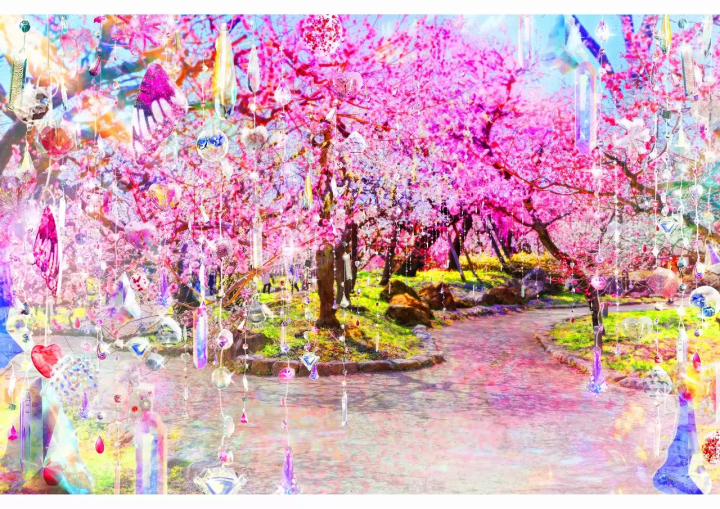
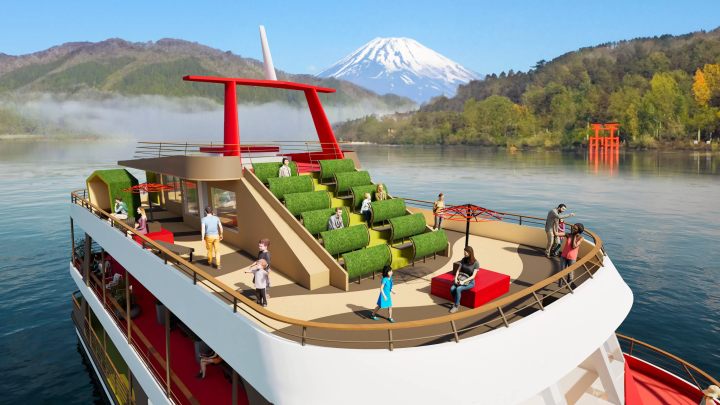

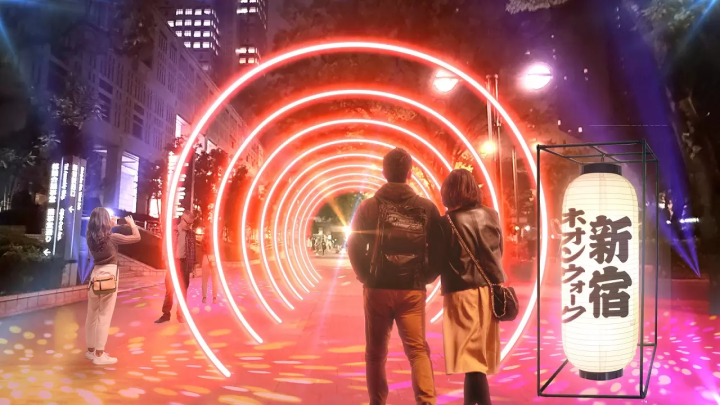





![[2026] Top 5 Strawberry Picking Spots in Tokushima, Naruto| Farms and Access Guide for January to May](https://resources.matcha-jp.com/resize/720x2000/2025/03/06-227165.webp)
![[Yamanashi/ Hokuto City] 4 Hot New Spots Opening in 2026](https://resources.matcha-jp.com/resize/720x2000/2025/12/12-252747.webp)
